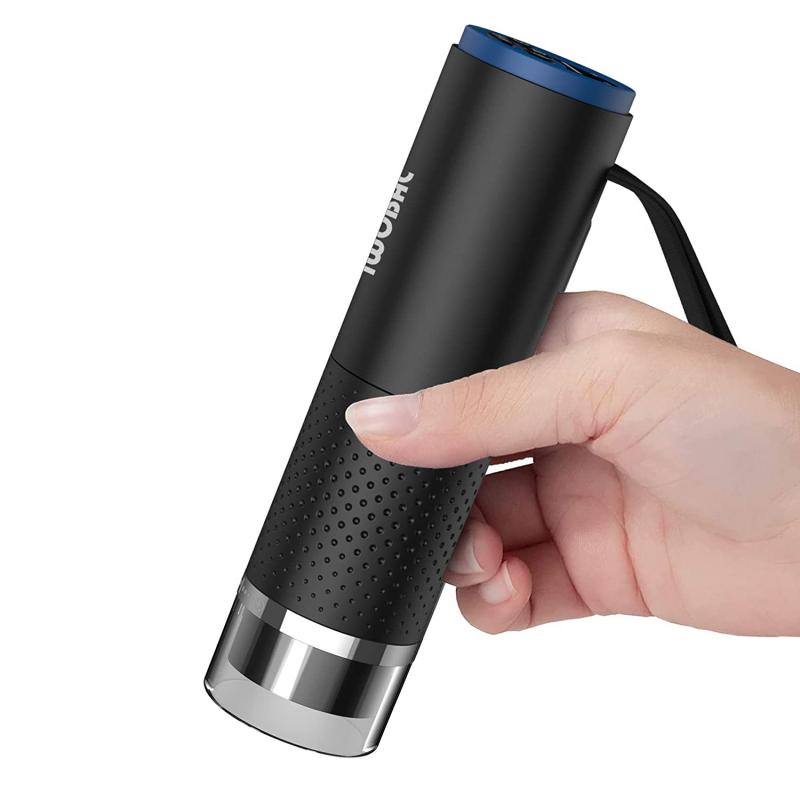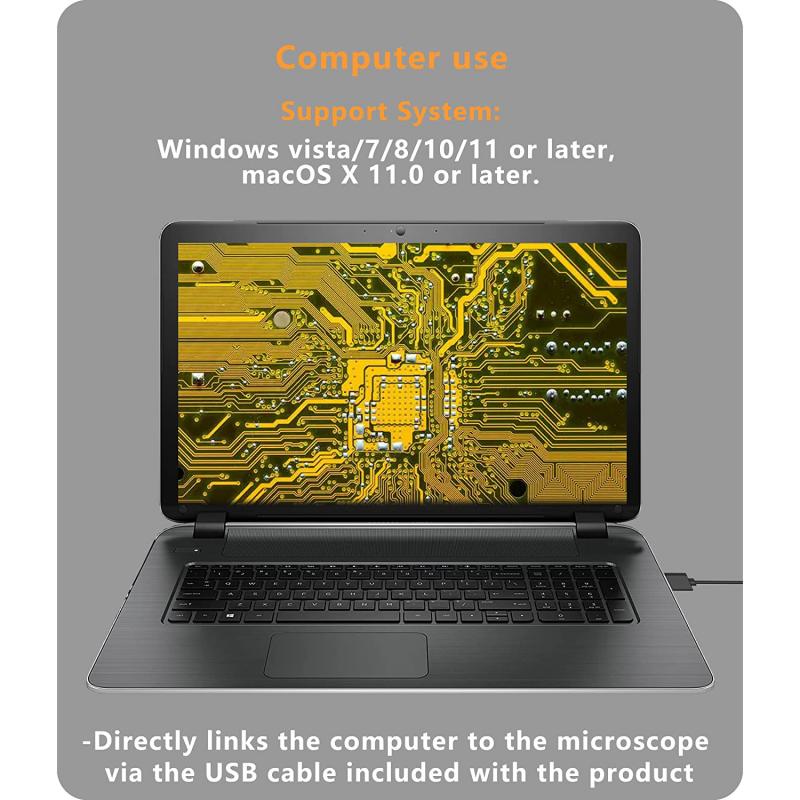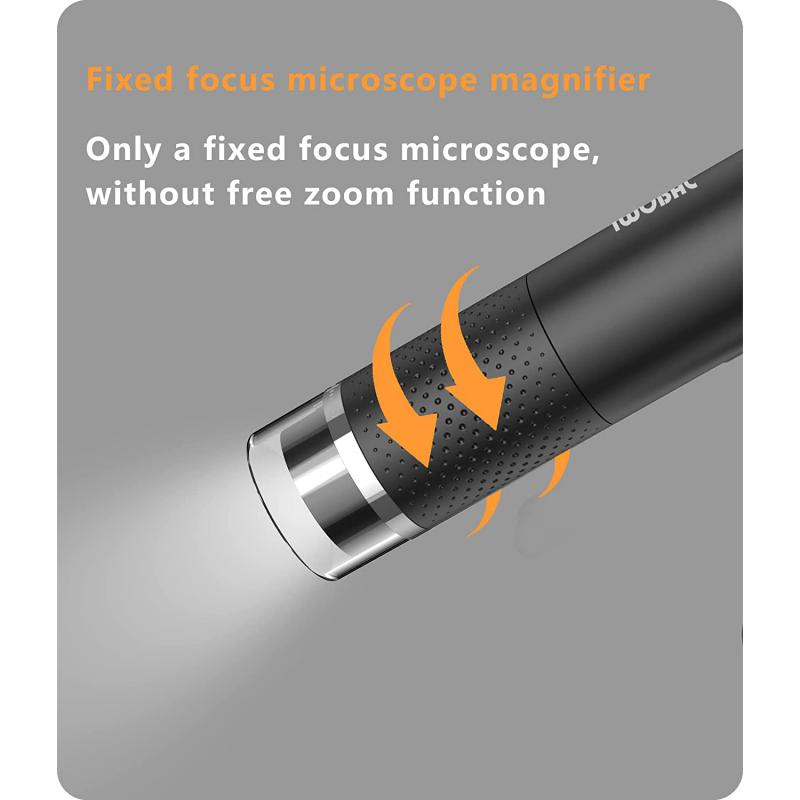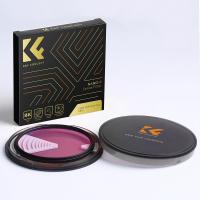What Do Pores Look Like Under A Microscope ?
Under a microscope, pores appear as small openings or cavities on the surface of the skin. They can vary in size and shape depending on the individual and the area of the body. Pores are typically more visible on areas such as the face, nose, and cheeks.
1、 Microscopic structure of skin pores: Size, shape, and distribution.
The microscopic structure of skin pores reveals important details about their size, shape, and distribution. Under a microscope, pores appear as small openings on the surface of the skin. They are typically circular or oval-shaped and can vary in size, ranging from 10 to 50 micrometers in diameter.
The size of pores is primarily determined by genetics, but it can also be influenced by factors such as age, sun exposure, and skin type. Generally, individuals with oily or combination skin tend to have larger pores compared to those with dry or normal skin. This is because excess sebum production can cause the pores to stretch and appear more prominent.
The distribution of pores on the skin is not uniform. They are more concentrated in certain areas, such as the forehead, nose, and chin, which are commonly referred to as the T-zone. These areas tend to have a higher density of sebaceous glands, which are responsible for producing sebum.
Recent research has shed light on the internal structure of pores. It has been discovered that pores are not simply empty holes on the skin's surface but are actually complex structures. They consist of a hair follicle, a sebaceous gland, and a sweat gland. The hair follicle extends deep into the skin, and the sebaceous gland is attached to it. The sweat gland, on the other hand, is responsible for producing sweat that helps regulate body temperature.
Understanding the microscopic structure of pores is crucial in the field of dermatology. It helps researchers and skincare professionals develop effective treatments and products to address concerns related to pore size, such as acne, blackheads, and uneven skin texture.

2、 Sebaceous glands in pores: Role in oil production and acne.
Sebaceous glands in pores play a crucial role in oil production and the development of acne. When examining pores under a microscope, several key features become apparent.
Firstly, sebaceous glands are visible within the pores. These glands are responsible for producing sebum, an oily substance that helps lubricate and protect the skin. Under a microscope, sebaceous glands appear as small, round structures connected to the hair follicles. They are most commonly found on the face, chest, and back.
Additionally, the size and appearance of pores can vary among individuals. Pores may appear larger or smaller depending on factors such as genetics, age, and skin type. In general, pores are more noticeable in individuals with oily or combination skin.
Furthermore, the presence of acne can be observed when examining pores under a microscope. Acne occurs when the sebaceous glands produce an excess amount of sebum, leading to clogged pores. This can result in the formation of blackheads, whiteheads, pimples, or cysts. Acne-causing bacteria, such as Propionibacterium acnes, can also be seen within the pores.
Recent research has shed light on the role of sebaceous glands and their impact on acne development. It is now understood that hormonal imbalances, particularly an increase in androgen hormones, can stimulate the sebaceous glands to produce more sebum. This excess sebum, combined with the presence of bacteria and inflammation, contributes to the formation of acne lesions.
In conclusion, when examining pores under a microscope, sebaceous glands and their role in oil production become apparent. The size and appearance of pores can vary among individuals, and the presence of acne can also be observed. Understanding the microscopic features of pores and sebaceous glands is crucial in comprehending the mechanisms behind oil production and acne development.

3、 Hair follicles and pores: Relationship and impact on skin health.
Under a microscope, pores appear as small openings on the surface of the skin. They are the openings of hair follicles, which are tiny sacs in the skin that produce and house hair. Pores are more prominent in areas where hair growth is dense, such as the scalp, face, chest, and back.
The size and appearance of pores can vary from person to person. Generally, they are small and barely visible, but in some individuals, they can be larger and more noticeable. The size of pores is mainly determined by genetics, but it can also be influenced by factors like age, skin type, and exposure to environmental factors.
Pores play a crucial role in skin health. They allow the release of sweat and sebum, an oily substance that helps moisturize and protect the skin. However, when pores become clogged with excess sebum, dead skin cells, and dirt, they can become enlarged and lead to various skin issues, such as acne, blackheads, and whiteheads.
Recent research suggests that the size of pores may be influenced by factors beyond genetics. Environmental factors like UV radiation, pollution, and smoking can contribute to pore enlargement. Additionally, hormonal changes, particularly during puberty and menopause, can affect pore size.
Maintaining good skin hygiene and adopting a skincare routine that includes regular cleansing, exfoliation, and moisturizing can help keep pores clean and minimize their appearance. Additionally, using products containing ingredients like salicylic acid and retinoids can help unclog pores and reduce their size.
In conclusion, under a microscope, pores appear as small openings on the skin's surface. Their size and appearance can vary from person to person and are influenced by genetics, age, and environmental factors. Proper skincare practices and the use of suitable products can help maintain healthy pores and minimize their visibility.

4、 Pore visibility: Factors influencing their appearance and visibility.
Pores are small openings on the surface of the skin that allow sweat and oil to reach the skin's surface. When observed under a microscope, pores appear as tiny, circular or oval-shaped structures. The size of pores can vary depending on several factors, including genetics, age, and skin type.
Under a microscope, the appearance of pores can be influenced by various factors. One important factor is the amount of sebum, or oil, produced by the skin. Excessive sebum production can cause the pores to appear larger and more visible. This is because the excess oil can mix with dead skin cells and other debris, leading to clogged pores and the formation of blackheads or whiteheads.
Another factor that affects pore visibility is the elasticity of the skin. As we age, the skin loses its elasticity, causing the pores to become more dilated and prominent. Additionally, sun damage can also contribute to the enlargement of pores, as exposure to UV rays can weaken the collagen and elastin fibers in the skin, leading to a loss of skin elasticity.
Furthermore, hormonal changes can also impact pore visibility. During puberty, for example, hormonal fluctuations can increase sebum production, leading to the appearance of larger pores. Similarly, hormonal changes during pregnancy or menopause can also affect pore size.
It is worth noting that while pore size is largely determined by genetics and other factors mentioned above, there are certain skincare practices that can help minimize the appearance of pores. Regular exfoliation can help remove dead skin cells and unclog pores, while the use of topical retinoids can help improve skin texture and reduce pore size.
In recent years, there has been a growing interest in the use of advanced imaging techniques to study pores at a microscopic level. These techniques, such as high-resolution imaging and confocal microscopy, allow for a more detailed examination of pore structure and function. Such studies have provided valuable insights into the factors that influence pore visibility and have contributed to the development of new skincare products and treatments aimed at improving pore appearance.






































